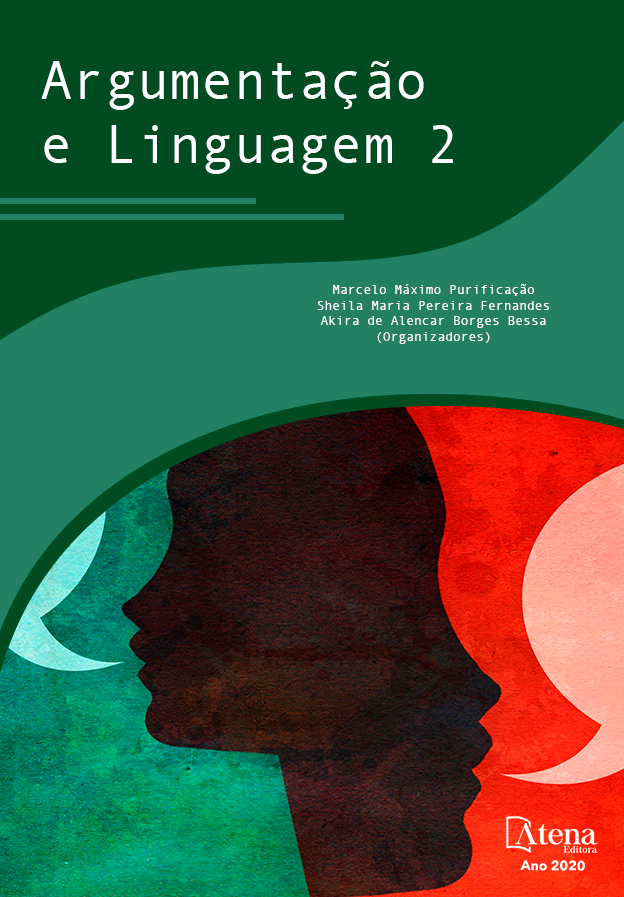
MAPAS CONCEITUAIS DIGITAIS NO ENSINO DE LÍNGUAS
O presente trabalho se propõe a refletir sobre o emprego de ferramentas digitais para a elaboração de Mapas Conceituais Digitais na construção das noções de Discurso, Texto e Gênero, cuja clareza auxilia: no embasamento dos planos de ensino; no estudo de processos de leitura, compreensão e multimodalidade; na ampliação das práticas de ensino da Língua Portuguesa com as TDICs (os letramentos e macro letramentos digitais, incluindo os letramentos nas redes sociais). Com base em autores na Linguística Textual (Marcuschi e Koch) , na Linguística da Internet ( Barton e Lee, Madeiro et al, e Gomez) e na Pedagogia dos Multiletramentos (Rojo e Moura, Cope e Kalazantis), analisamos as ferramentas digitais (gratuitas e não gratuitas) Como ferramenta gráfica, o mapa conceitual já tem meio século e comprovada eficácia como método para registrar a compreensão gerativa de novas oportunidades para estudar, de novos processos de aprendizado; de novas maneiras de produzir conhecimentos. Contudo, com a cultura digital, proliferam-se programas voltados à elaboração desse modo eficaz de organizar e representar conceitos, geralmente dentro de círculos ou quadros de alguma espécie, e construir relações hierárquicas entre esses conceitos, que são indicadas por linhas que os interligam. Com a partilha da nossa experiência esperamos dar um contributo para pesquisas e práticas investigativas de procedimentos em sala de aula voltadas para a relação entre as novas tecnologias e o trabalho com a leitura e produção de gêneros textuais voltados para o ensino de Língua Portuguesa.
MAPAS CONCEITUAIS DIGITAIS NO ENSINO DE LÍNGUAS
-
DOI: 10.22533/at.ed.4362025093
-
Palavras-chave: Mapas Conceituais; Ferramentas Digitais; Letramento Digital; Ensino-Aprendizagem, Língua Portuguesa
-
Keywords: Conceptual Maps; Digital Tools; Digital Literacy; Teaching-Learning; Portuguese Language
-
Abstract:
The present work intends to reflect on the use of digital tools for the elaboration of Digital Conceptual Maps in the construction of the notions of Discourse, Text and Gender, whose clarity assists: in the basis of the teaching plans; in the study of reading, comprehension and multimodality processes; in the expansion of the teaching practices of the Portuguese Language with the ICT, Information and Communication Technologies, (the literatures and macro digital literatures, including the literatures in social networks). Based on authors in Textual Linguistics (Marcuschi and Koch), in Internet Linguistics (Barton and Lee, Madeiro et al, and Gomez) and in the Pedagogy of Multiliteracies (Rojo and Moura, Cope and Kalazantis), we analyzed some digital tools, some free of charge and some paid. As a graphical tool, the conceptual map is already half-century and has proven effective as a method to register the generative understanding of new opportunities to study, of new learning processes; new ways of producing knowledge. However, with digital culture, programs aimed at the elaboration of such an efficient way of organizing and representing concepts, generally within circles or frames of some kind, are multiplied and hierarchical relationships between these concepts, which are indicated by lines that interconnect them, quickly increase. With the sharing of our experience we hope to contribute to investigations and investigative practices of classroom procedures focused on the relation between new technologies and work with reading and production of textual genres focused on teaching Portuguese.
-
Número de páginas: 12
- ANDREA MOREIRA GONÇALVES DE ALBUQUERQUE
- ROBERTA VARGINHA RAMOS CAIADO
- ROSELI SERRA


